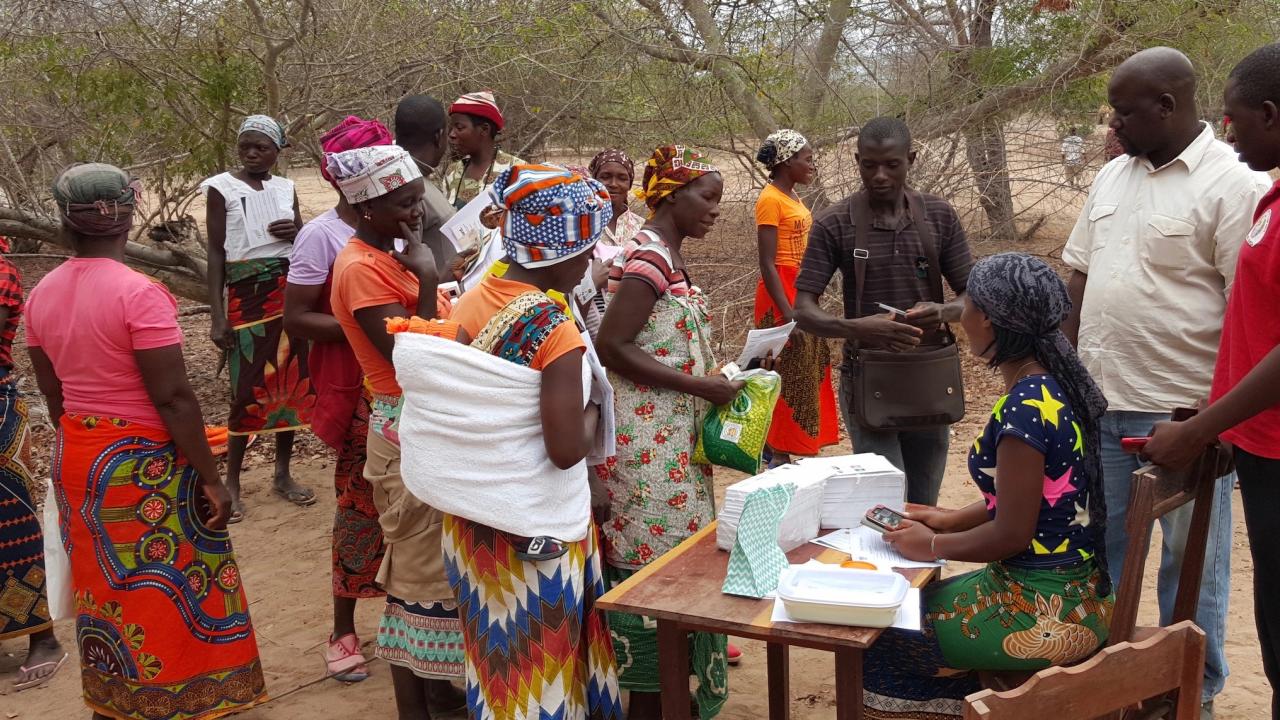The Challenge
Flood is a constant threat in many parts of Bangladesh where people’s livelihoods depend on a good rice crop. Flood disasters drive rural poverty by forcing families to safeguard themselves at a high cost and increasing the risk of making investments that could produce higher yields.
The Innovation

The Resilience+ Model
Small-scale farmers in Sub-Saharan Africa and South Asia face an increasing risk of extreme weather like drought or flood that in any year can destroy their livelihoods. Facing these risks, farmers hold back from investing their scarce resources into improved practices or crop varieties because they can’t risk losing everything.
At the same time, when financial or agronomic tools reduce losses or provide support when times are bad, farmers make those investments, and they reap the rewards at harvest. These two together—resilience to shocks and investments that drive higher productivity—are the foundation of Resilience+.
From 2014-2017, a research team led from UC Berkeley and funded by USAID tested an emergency loan they designed with the NGO BRAC to trigger in the event of a catastrophic flood. The emergency loan was designed to convey all the benefits of agricultural index insurance but without the upfront cost.
In 2015, BRAC piloted the emergency loan product in 15 of its branches in six flood-prone regions of Bangladesh. The first flood hit that first year. Between September and November, BRAC disbursed 271 emergency loans. In 2016, BRAC expanded the experiment to 200 branches.
The study was designed as a randomized controlled trial (RCT), which divided similar participants into groups that received the programming and a control group that did not. With this design, any differences in impacts among groups that received the programming and control-group participants can be attributed to the programming itself.
Resilience+
Results from the project show that the availability of emergency loans has had a big effect on agricultural investments. Households who knew they were pre-qualified planted about 25 percent more rice than households who were not offered the emergency loan. As a consequence, households who did not suffer any flood losses produced about 33 percent more from their crops.
The microloans also benefitted households who lost their crops to flooding. An early analysis of the data suggested that average consumption and assets are both higher after flooding compared to households not provided access to the loan. In 2016, BRAC reported that over half of the clients who took the loan were repaying ahead of schedule. They also reported a 5-percent increase in savings among the emergency loan borrowers, compared to just 1 percent for non-borrowers.
The most common way participants used the emergency loan was to plant a short-duration crop, like vegetables. They could bring these crops to market quickly for a chance to salvage part of their income for the year. The alternative is often cutting meals or selling assets they would use to generate future income.
This field trial shows strong evidence that the emergency loan sparked Resilience+. Following a flood, the emergency loan provided immediate support that increased households' resilience. Additionally, households who were pre-approved for the loan increased their planting and the opportunity to grow more food.

